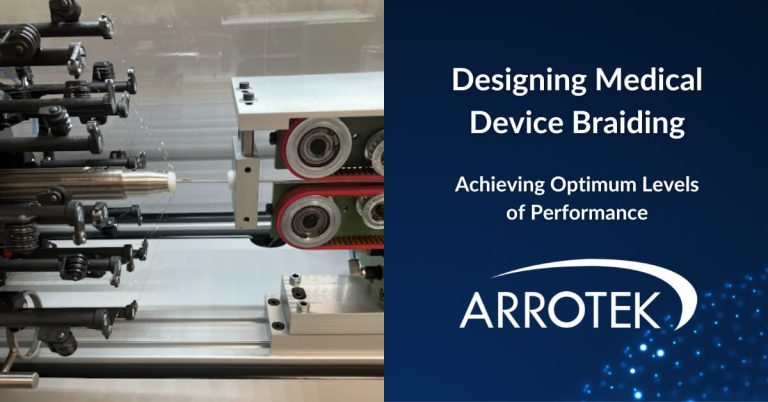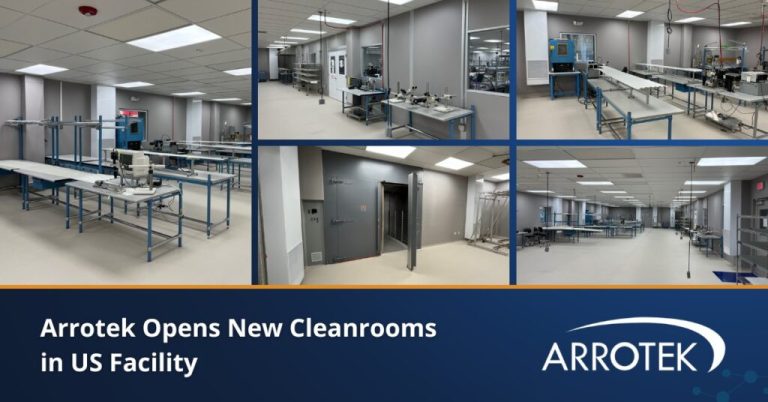A crucial part of the medical device design and development process is to create a product requirement specification. The creation of this document takes place in the very earliest stages of the process. In fact, in our Six-Step Medical Device Design Process at Arrotek, creating the product requirement specification is one of the primary objectives of Step 1.
A product requirement specification clearly defines the purpose, functionality, features, and behaviour of your new medical device idea. Importantly, it focuses on what you want to achieve with the new product, but it doesn’t look at how. Looking at how you deliver on the requirements comes later.
The Importance of a Product Requirement Specification in Medical Device Design
The product requirement specification created for your new medical device idea will guide the rest of the design and development process. It ensures the design engineers understand what is expected and how the product’s success will be measured.
A product requirement specification also allows you to demonstrate the product does what it was designed to do. It can help with the regulatory compliance process as well, as it helps you demonstrate the design process was conducted correctly.
Elements in Your Product Requirement Specification
A product requirement specification covers what the product does as well as a range of other elements. Those other elements usually fall within three different categories:
- Technical: the performance and functionality of the product.
- Business: manufacturing costs and scheduling.
- Regulatory: all compliance issues and procedures.
The elements that are typically included in a medical device product requirement specification include:
- Functionality
- Quality
- User interface
- Usability
- Manufacturing
- Safety
- Calibration
- Packaging
- Sterilisation
- Target manufacturing price
- Target market, particularly for compliance reasons
Product Requirement Specification Best Practices
There are four main best practices to follow when creating a product requirement specification for your new medical device idea:
1. It’s About Requirements, Not Solutions
The medical device design process involves exploring and deciding upon solutions for the various requirements you specify at the outset. Therefore, when you create a product requirement specification, focus only on requirements, not possible solutions.
2. Use Complete, Clear, and Concise Language
You should write each requirement in clear, unambiguous language. Make sure you include everything to avoid any potential for misunderstanding or misinterpretation while also ensuring each requirement is concise. For the latter, this means leaving out anything that is not directly relevant to defining the requirement.
3. Ensure the Requirement is Tangible
The best way to determine whether your new medical device achieves all your requirements is to make those requirements tangible. Therefore, where possible, always use quantitative objectives in the requirements you specify. For example, instead of saying the device will inflate a balloon, specify the parameters, such as the pressure the balloon should be inflated to and how quickly it should inflate.
4. Ensure Each Requirement is Traceable
Traceability is an important principle in medical device design. For product requirement specifications, it should be possible to connect a requirement to how it has been addressed in the final design. Traceability is also important in the other direction, i.e., tracing an element of the design back to the requirement it addresses.
Saving Time and Money
Optimising the product requirement specification for your new medical device idea and ensuring it is as accurate, detailed, clear, and concise as possible will save you money and time. Specifically, it will ensure the design process proceeds in the right direction from the beginning, preventing design changes from occurring at a late stage (when they are more expensive to make) because of a misunderstanding on an essential requirement.
The time and cost savings come from this more efficient design and development process, further highlighting the importance of product requirement specifications.





